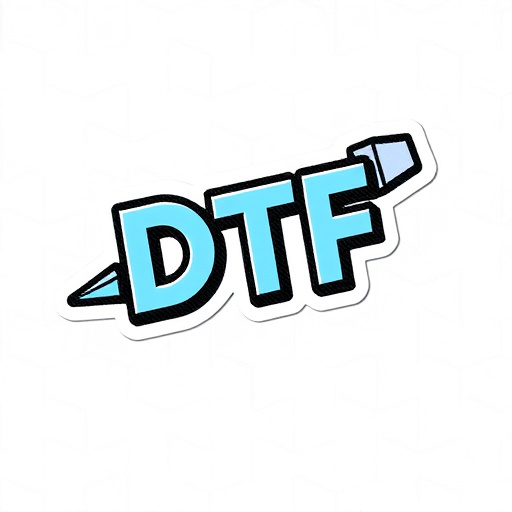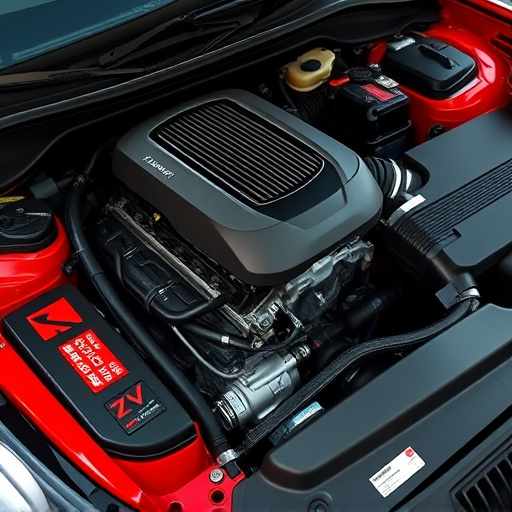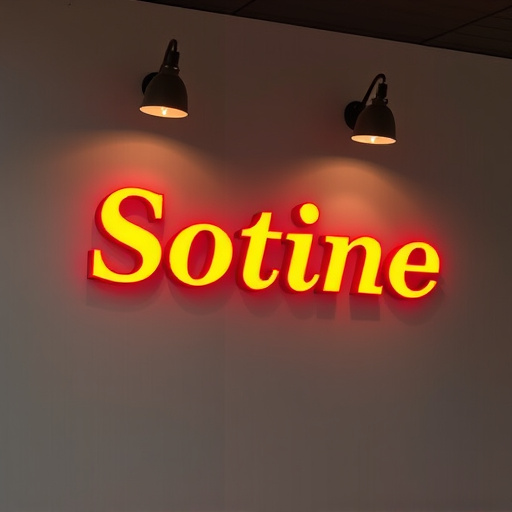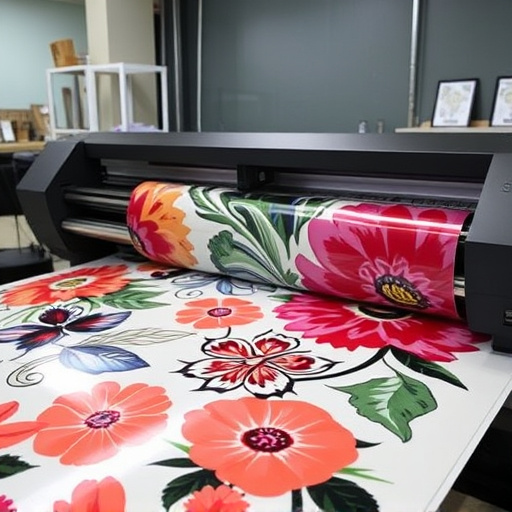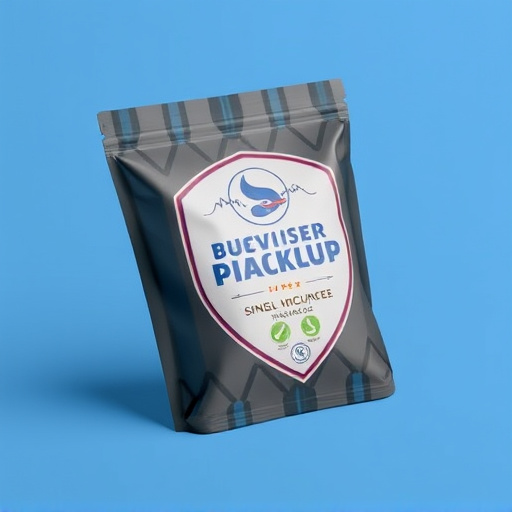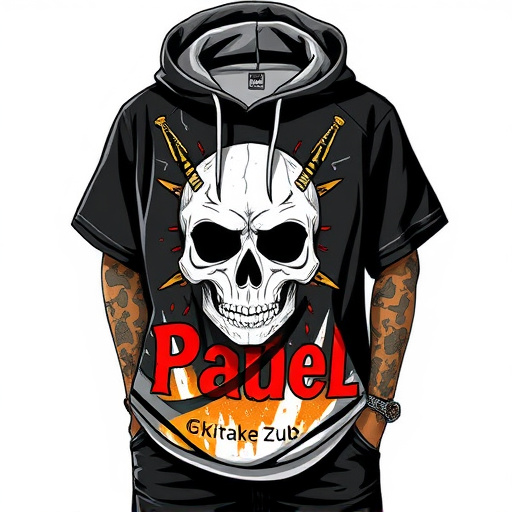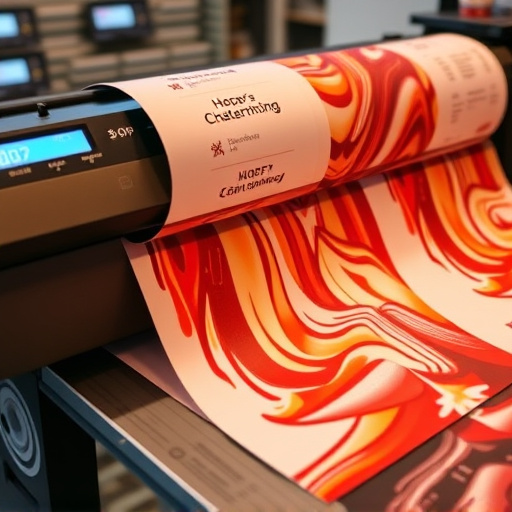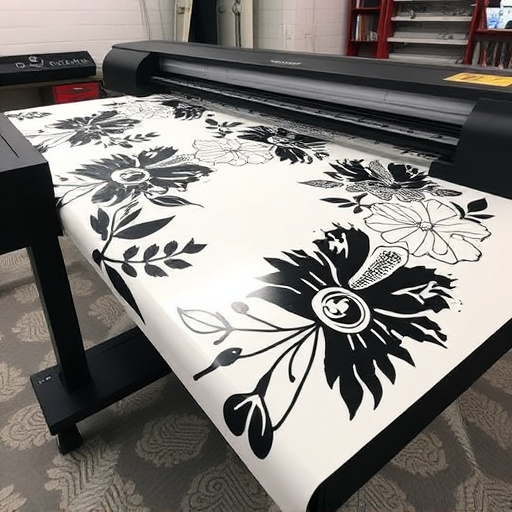Dynamic DTF Market Trends are revolutionizing global fashion through tech-driven printing, fostering individuality and artistic expression with custom graphic tees and garments. This method enables sustainable practices, reduced waste, and creative designs, aligning with eco-conscious consumers. Brands adopt DTF to meet evolving preferences, offering unique, limited-edition pieces swiftly while maintaining a competitive edge in the fast-paced fashion industry.
The dynamic and ever-evolving DTF Market Trends are reshaping the global fashion landscape. As consumer preferences pivot towards sustainable and quick-change styles, brands are responding with innovative collections that cater to this influential market. This article delves into the profound impact of DTF Market Trends, exploring their effects on global fashion dynamics and sustainability choices. We also gaze into the future, uncovering how rapid changes in fashion are paving the way for new trends and designs.
- Unraveling DTF's Impact on Global Fashion Trends
- Market Dynamics: Shaping Sustainable Style Choices
- Future of Fashion: Embracing Quick-Change Innovations
Unraveling DTF's Impact on Global Fashion Trends

The Dynamic Nature of DTF Market Trends
In today’s fast-paced and tech-driven world, the DTF (Direct to Fabric) market has emerged as a significant force shaping global fashion trends. This innovative printing method allows for custom graphic tees and other garments to be produced with remarkable speed and efficiency, directly on the fabric itself. The impact of DTF technology is profound, enabling designers and brands to offer highly personalized, on-demand products that cater to diverse consumer preferences. As a result, DTF for custom graphic tees has become a game-changer in the fashion industry, fostering a culture where individuality and self-expression thrive.
Understanding the term ‘DTF’ is crucial here; it refers to a direct printing process that uses heat and pressure to apply designs onto fabrics without the need for intermediaries. This technology not only streamlines production but also opens up new creative avenues. Designers can experiment with various DTf prints, from simple text to intricate illustrations, ensuring each piece stands out in a crowded market. The global fashion landscape is consequently being reshaped by these DTF market trends, reflecting a dynamic interplay of technology, customization, and artistic expression.
Market Dynamics: Shaping Sustainable Style Choices
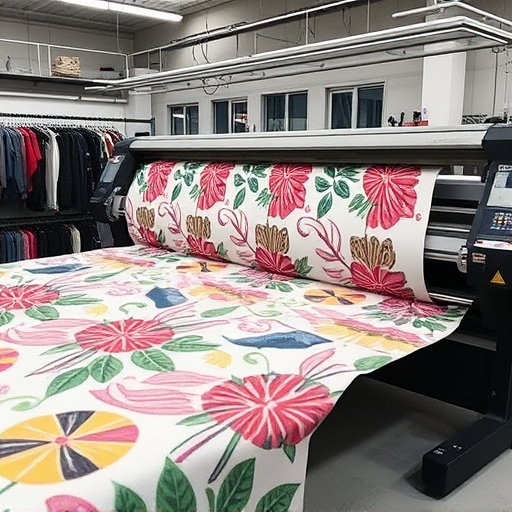
The dynamic nature of the DTF Market Trends has a profound impact on global fashion, driving the industry toward more sustainable and innovative style choices. This market’s growth is fueled by demand for unique, personalized garments that reflect individual expression. As consumers become increasingly conscious of environmental issues, brands are incorporating eco-friendly practices into their production processes, leveraging digital technologies like DTF transfers to reduce waste and energy consumption.
DTF printing for hoodies, for instance, allows designers to create intricate patterns with precision, minimizing material waste compared to traditional screen printing methods. This shift towards sustainable DTF transfers not only reduces the carbon footprint but also offers a wide array of creative possibilities, enabling fashion designers to explore new aesthetic boundaries while meeting the evolving expectations of environmentally conscious consumers.
Future of Fashion: Embracing Quick-Change Innovations

The fashion industry is undergoing a significant transformation as it embraces the dynamic nature of the DTF Market Trends. In response to the ever-evolving consumer preferences and rapid technological advancements, global fashion brands are now leveraging quick-change innovations. This shift is particularly evident in the adoption of digital textile printing (DTF) techniques for apparel production. DTF for apparel offers unprecedented flexibility, enabling designers to create unique, limited-edition pieces at a faster pace than ever before.
The versatility of DTF printing extends to its application across various fabric types, including both light and dark fabrics. DTF printing for light fabrics has gained immense popularity due to its ability to produce vibrant, detailed designs with minimal waste. Meanwhile, DTF printing for dark fabrics presents a unique challenge but offers just as many exciting opportunities, allowing for rich, contrasting colors and intricate patterns that capture the imagination of modern consumers. This dynamic approach to fashion production ensures that brands can swiftly respond to market trends, maintain their competitive edge, and keep up with the fast-paced demands of today’s lifestyle-conscious buyers.
As we’ve explored, the Dynamic Transition (DTF) Market Trends are reshaping global fashion, driving sustainable style choices and quick-change innovations. Understanding these trends is crucial for both consumers and industry players who aim to stay relevant in today’s evolving landscape. By embracing dynamic shifts and fostering a culture of responsible consumption, the fashion world can continue to evolve while preserving its soul. Remember that navigating these changes presents an opportunity to create a more sustainable and resilient future for fashion.



